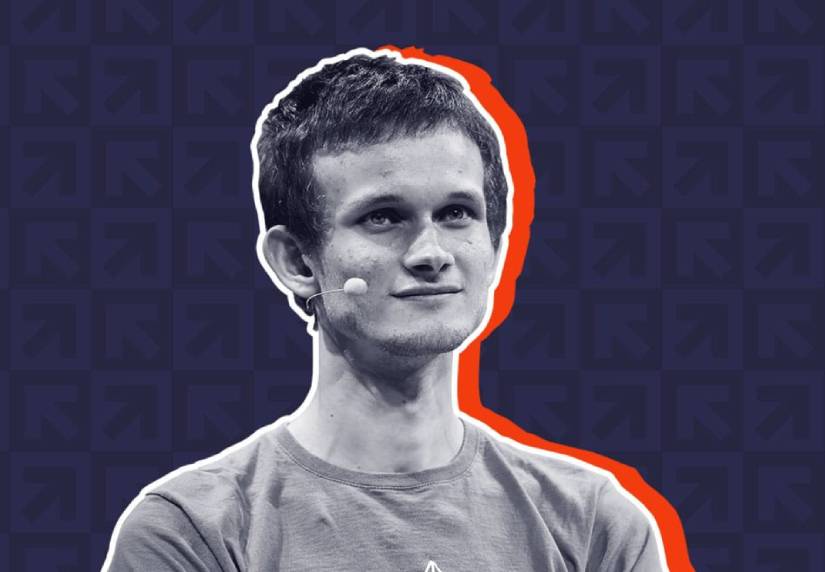TL;DR
- Vitalik Buterin proposes automated defenses against 51% attacks on Ethereum.
- Seeks to reduce reliance on social consensus in responses to attacks.
- He presented his ideas during the EthCC in Brussels, highlighting the need to prepare for possible adverse scenarios.
At the recently held Ethereum Community Conference (EthCC) in Brussels, Vitalik Buterin, co-founder of Ethereum (ETH), made a strong call to the blockchain community.
During his keynote speech, Buterin stressed the urgency of developing automated defenses against the feared 51% attacks that could compromise the Ethereum network.
It's time! It's time! @VitalikButerin is speaking right now in the Gold Hall 🥳
We have a full house of eager beavers ready to hear his keynote 🦫✨
If you can't find a seat, please check out the streams in the Silver and Copper Halls 🫶 pic.twitter.com/e9xpRFy29s
— EthCC – Ethereum Community Conference (@EthCC) July 10, 2024
51% attacks pose a significant threat to any decentralized blockchain.
In these scenarios, a malicious actor can take control of the majority of validator nodes, allowing them to censor transactions or even revert already confirmed blocks.
Currently, the response to such attacks relies heavily on social consensus to coordinate a hard fork on the chain, a process that can be slow and complex to execute effectively.
Buterin proposed that validator nodes on the Ethereum network should run advanced software capable of automatically detecting censorship and countering it on the majority chain.
This measure not only seeks to improve the response capacity to attacks, but also to reduce the burden of dependence on social consensus, making it more agile and efficient.
However, the path to full implementation of these automated defenses presents technical and adoption challenges.
Buterin acknowledged that achieving 100% network participation in an automated fork is difficult, but stressed the importance of moving in this direction to strengthen Ethereum’s resilience to potential future threats.
Implications and Future of Ethereum
In addition to defenses against 51% attacks, Buterin also outlined other areas of development for ETH.
He proposed greater adoption of light clients in the network infrastructure, including wallets, and support for zk-EVM verification to strengthen Layer 2 networks.
He also addressed concerns about quantum resistance, highlighting existing solutions for critical areas such as Merkle trees and consensus signatures.
These proposals reflect Buterin’s broader vision for the evolution of Ethereum, focusing on simplifying the protocol to improve usability for both developers and end users.
By promoting automated defenses and infrastructure improvements, Ethereum seeks to not only better protect itself against potential attacks, but also improve its overall functionality in the complex landscape of cryptocurrencies and blockchain technologies.



